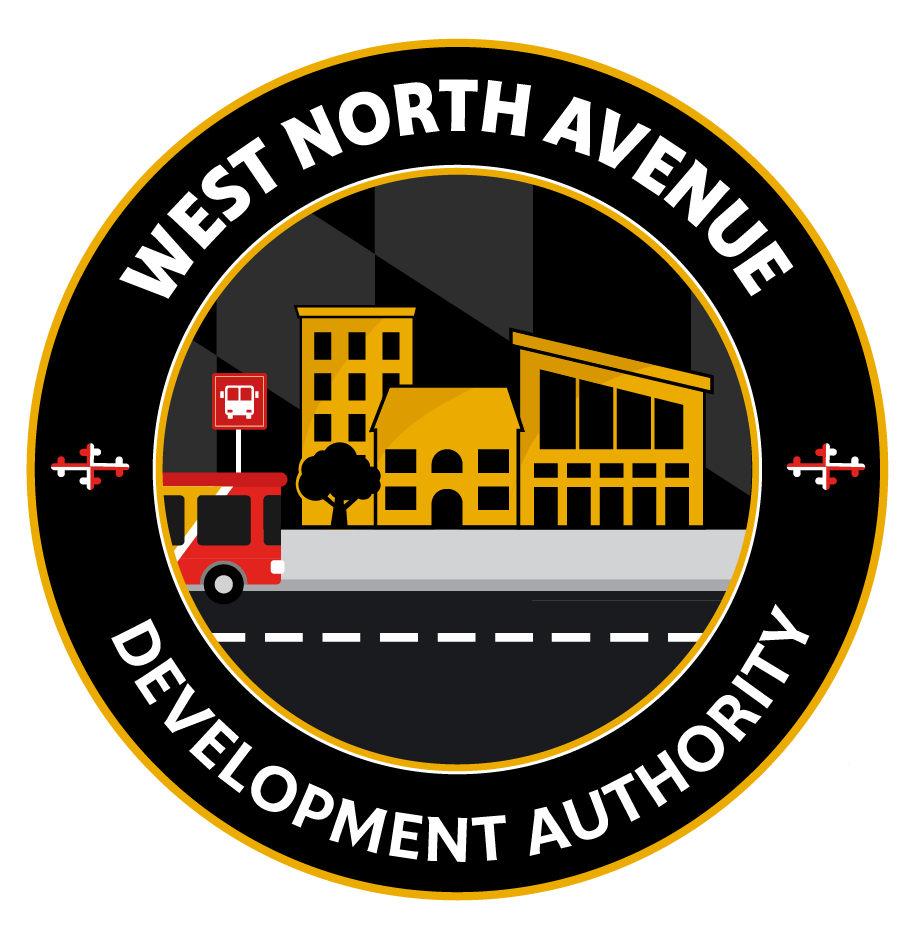Towson, MD The impact of an innovative workforce initiative led by Baltimore County is drawing attention across the country. New data from a five year program demonstrates that low-skilled job seekers can improve their employment potential and earnings through dynamic programs that go beyond the normal technical training. Accelerating Connections to Employment (ACE) incorporated employability training, financial literacy and computer literacy with occupational certification training to improve the marketability of job seekers.
ACE program participants included individuals with limited English proficiency and job seekers with low reading, writing and math skills.
“The ACE jobs innovation program has changed lives for job seekers who need a little extra support as they prepare for a new career. Baltimore County is proud to have lead the national team that clearly delivered results in getting people back to work in family-supporting jobs,” said Baltimore County Executive Kevin Kamenetz.
Baltimore County led the multi-state ACE collaboration, funded through a $11.8 million grant from the U.S. Department of Labor Workforce Innovation Fund.
In Baltimore County, the Department of Economic and Workforce Development delivered the local program in partnership with the Community College of Baltimore County.
“The ACE program not only gave us job skills and prepared us for the job of utility installer, but also gave us life skills to better our future. As a class we bounced back stronger, wiser and, personally, more powerful,” said Kevin Boyd, a Baltimore County ACE graduate who is currently working for American Airlines.
ACE delivered evidence-based results
An independent evaluation firm concluded that after graduating from the program, ACE participants worked more hours in a week, earned higher wages, and were more likely to achieve occupational credentials than those not participating in the program.
Below are key findings from the program evaluation:
· On average, ACE participants in Baltimore County earned more than the control group after the end of the training program, and these differences appear to increase over time.
· ACE participants were less likely to receive public assistance than non-ACE participants.
· ACE participants were more likely to hold occupational credentials than non-ACE participants.
· Two years after the training, ACE participants were more likely to work 35 hours a week or more than the non-ACE participants.
· ACE program participants were on average more likely to receive a promotion or raise than non-ACE participants. For example, eight quarters after the program end date, ACE participants made an average of $5,262.80 more than non-ACE participants.
“It is remarkable to see the results, with three quarters of our ACE graduates successfully employed. Putting people who lack skills back on track, getting them hired and keeping them employed is a challenge. With the gold-standard of evaluation, random control trial, running in the background, it was doubly difficult,” said Will Anderson, Director, Baltimore County Department of Economic & Workforce Development.
Results for the workforce field
Results from ACE program also provided insights for the workforce field.
- Evaluation results demonstrate that the ACE model can be replicated in a variety of geographic areas and with a range of career training options.
- Random control program evaluations are not conducted on a regular basis and many do not show positive results at the same level as ACE.
- ACE made a difference in the lives of citizens and employers, enabling participants to complete training, achieve credentials, and become employed at a higher rate and at a greater wage than similar people who didn’t take part in ACE.
ACE served 1,258 low-skilled individuals in nine sites across four states: Maryland, Connecticut, Georgia and Texas. The individuals who received ACE services were randomly selected from a group of potential participants, ensuring that results were due to the impact of ACE services.
The Random Control Trial (RCT) evaluation was conducted by ICF, an independent, international research, evaluation, and technical assistance firm.
Baltimore County’s Department of Economic and Workforce Development administered the five-year initiative in fiveMaryland jurisdictions [Anne Arundel, Baltimore City, Baltimore County, Montgomery County, Prince George’s County, Upper Shore] and cities in three other states.
The Annie E. Casey Foundation, headquartered in Baltimore, provided the genesis for the ACE grant, encouraging workforce areas to combine efforts with local community colleges, providing technical assistance, and convening support for the program.
“Baltimore County’s leadership helped demonstrate how ACE can be an effective, evidence-based workforce development model for the entire country,” added Baltimore County Executive Kamenetz.
## ##



